Satya Nadella’s Microsoft has become easier for companies to work with, it hasn’t made deals that went bad, and its Teams and Azure assets are now common.


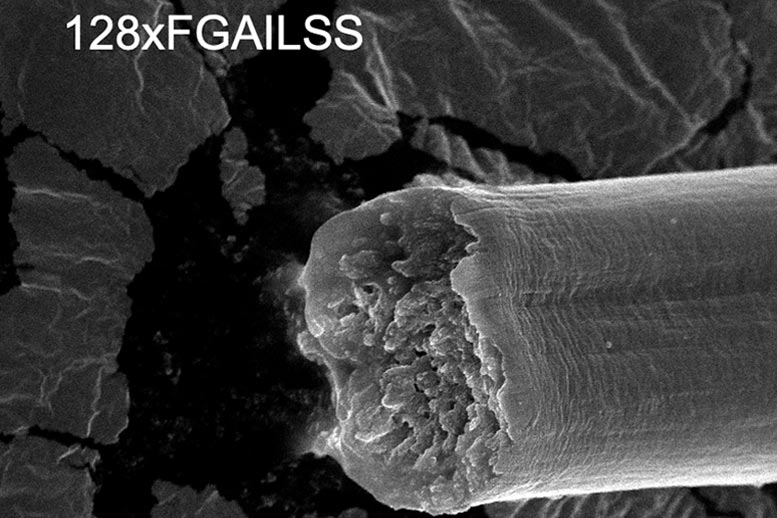
Artificially designed, amyloid-silk hybrid protein developed in Zhang lab even outperforms some spider silks.
Spider silk is said to be one of the strongest, toughest materials on the Earth. Now engineers at Washington University in St. Louis have designed amyloid silk hybrid proteins and produced them in engineered bacteria. The resulting fibers are stronger and tougher than some natural spider silks.
Their research was published in the journal ACS Nano.
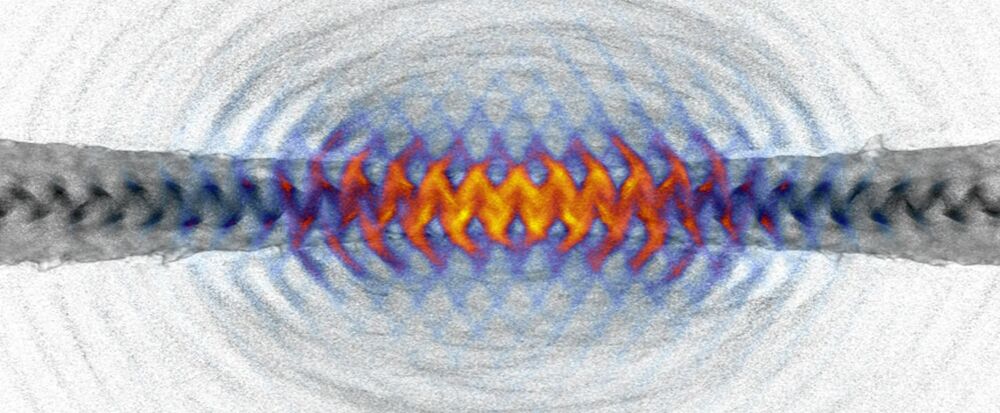
Some of the greatest mysteries in cosmology revolve around antimatter, and it’s hard to study because it’s rare and hard to produce in the lab. Now a team of physicists has outlined a relatively simple new way to create antimatter, by firing two lasers at each other to reproduce the conditions near a neutron star, converting light into matter and antimatter.
In principle, antimatter sounds simple – it’s just like regular matter, except its particles have the opposite charge. That basic difference has some major implications though: if matter and antimatter should ever meet, they will annihilate each other in a burst of energy. In fact, that should have destroyed the universe billions of years ago, but obviously that didn’t happen. So how did matter come to dominate? What tipped the scales in its favor? Or, where did all the antimatter go?
Unfortunately, antimatter’s scarcity and instability make it difficult to study to help answer those questions. It’s naturally produced under extreme conditions, such as lightning strikes, or near black holes and neutron stars, and artificially in huge facilities like the Large Hadron Collider.
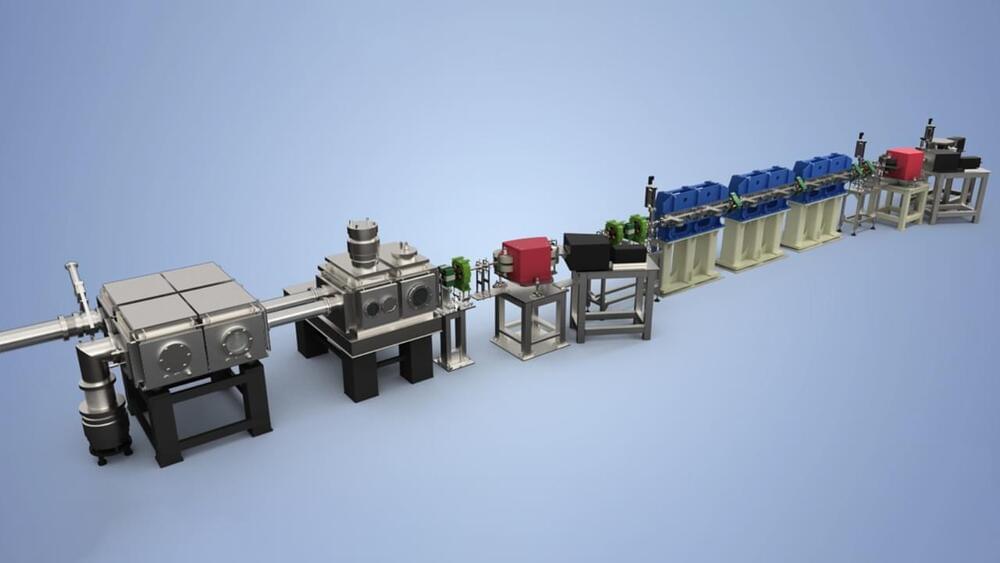
For 2 decades, physicists have strived to miniaturize particle accelerators—the huge machines that serve as atom smashers and x-ray sources. That effort just took a big step, as physicists in China used a small “plasma wakefield accelerator” to power a type of laser called a free-electron laser (FEL). The 12-meter-long FEL isn’t nearly as good as its kilometers-long predecessors. Still, other researchers say the experiment marks a major advance in miniaccelerators.
Experiment demonstrates improvement in particle beams from plasma-based accelerators.
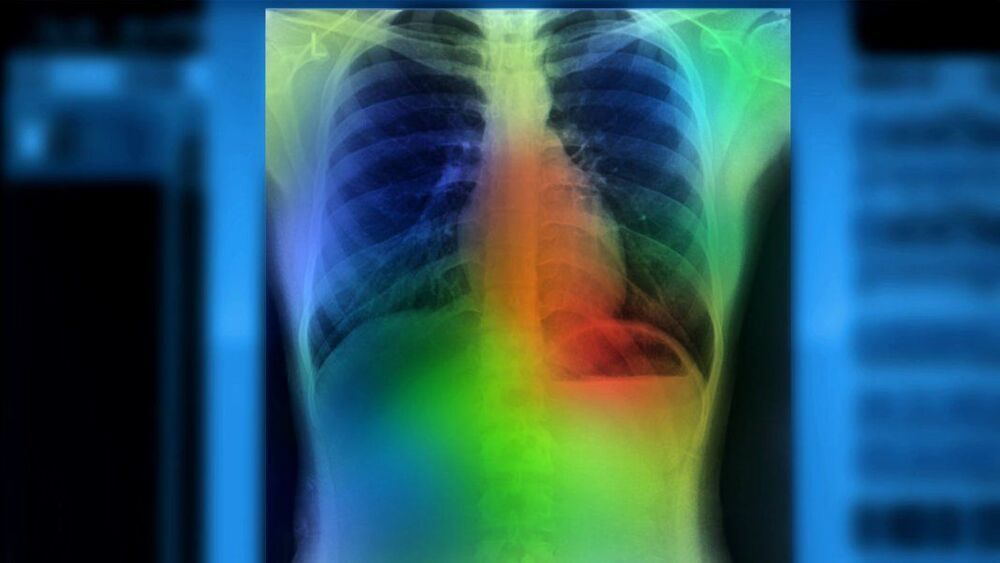
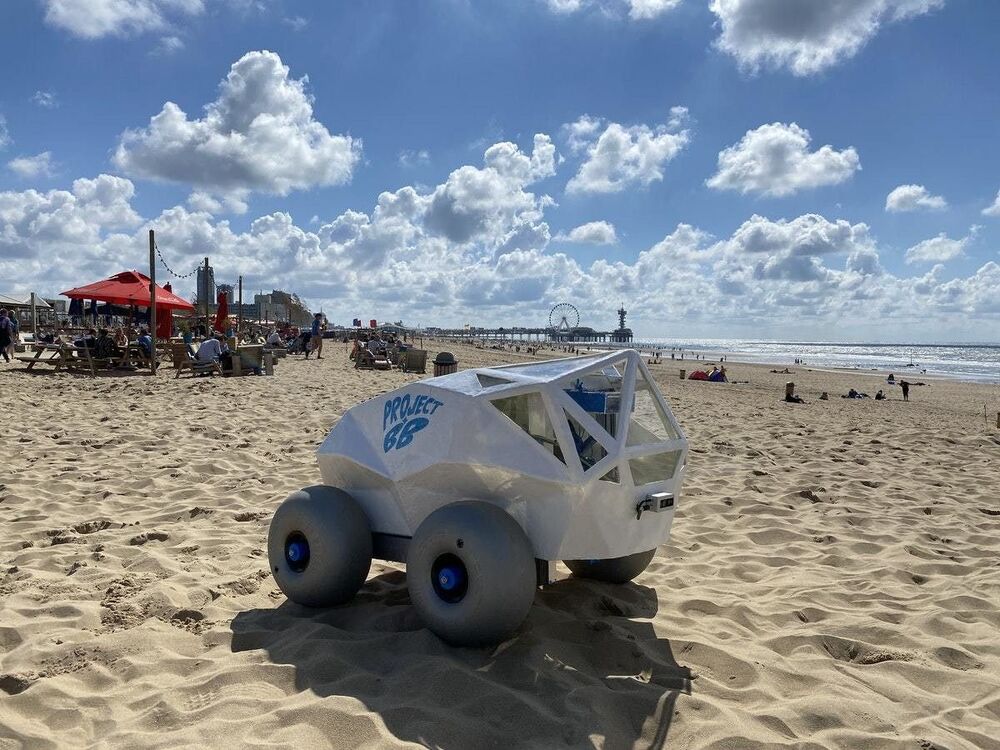
Cigarette butts are a common type of litter for marine environments but AI-powered robot litter pickers could be the solution.
It seems many people leave behind more than just sandcastles when they go home after a trip to the beach. Beach litter is a recurring issue, and it is damaging our coastal environments and wildlife.
And there is one small item that is causing a big problem: cigarette butts. They may only be a few centimetres long, but they are full of microplastics and toxic chemicals that harm the marine environment. They don’t easily decompose, and when they come into contact with the water, harmful substances can leach out.
Unfortunately, they are also the most common type of litter, with an estimated 4.5 trillion discarded annually.
CORVALLIS, Ore. – Cassie the robot, invented at Oregon State University and produced by OSU spinout company Agility Robotics, has made history by traversing 5 kilometers, completing the route in just over 53 minutes.
Cassie was developed under the direction of robotics professor Jonathan Hurst with a 16-month, $1 million grant from the Advanced Research Projects Agency of the U.S. Department of Defense.
Since Cassie’s introduction in 2017, OSU students funded by the National Science Foundation have been exploring machine learning options for the robot.
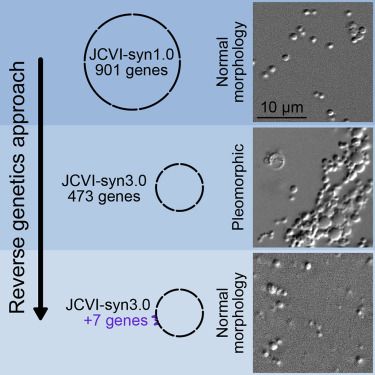
A reverse genetics approach determined that seven genes are required together for normal cell division in a genomically minimal cell; these include two known cell division genes, ftsZ and sepF, a hydrolase of unknown substrate, and four genes that encode membrane-associated proteins of unknown function.
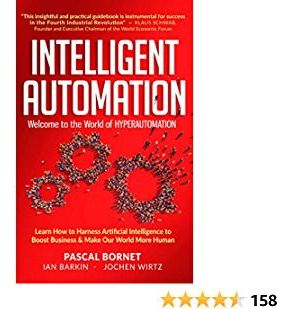
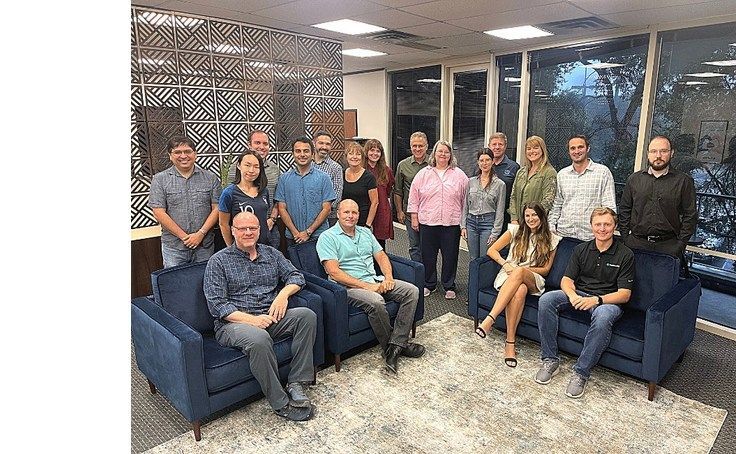
Thrilled to see Paradromics’ $20M fund raise lead by the talented Dr. Amy Kruse! Paradromics is building a brain computer interface supported by DARPA’s Biologi… See More.
The investment demonstrates confidence in Paradromics as a well-positioned player in the $200 billion BCI therapy market. Last year, Paradromics successfully completed testing of its platform, demonstrating the largest ever electrical recording of cortical activity that exceeded more than 30000 electrode channels in sheep cortex. This recording allowed researchers to observe the brain activity of sheep in response to sound stimuli with high fidelity.
“We are combining the best of neural science and medical device engineering to create a robust and reliable platform for new clinical therapies,” said Paradromics CEO Matt Angle. “This funding round is a validation of both our technology and strategic vision in leading this important developing market.”
The current funding round follows $10M in early stage private funding as well as $15M of public funding from the National Institutes of Health (NIH) and the Department of Defense (DARPA).